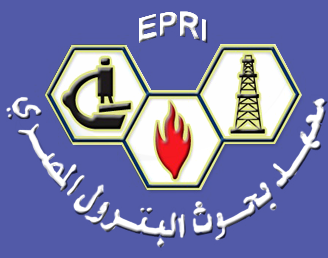Article Type
Research Paper
Highlights
- Lower Miocene sediments were formed from the freshwater lake to inner neritic environments.
- Upper Oligocene sediments are characterized by freshwater algae abundance and deposited mainly in the lacustrine environments.
- The rich organic matter in the sediments of the Tra Tan Formation and upper Bach Ho member consists mainly of AOM, PM 1, and PM 2.
- The reservoir quality of the sedimentary rock is well estimated in the upper Tra Tan and lower Bach Ho members.
- The geological boundary between Miocene and Oligocene was corrected by the palynomorph marker assemblage.
Abstract
In the early stages of oil and gas exploration in Vietnam, studies on rock samples from exploratory wells provide essential information to forecast the hydrocarbon potential and feasibility of the project. These are premise studies of the upstream segment. This study provides a detailed stratigraphy, depositional environment, rock properties related to reservoir quality, and prediction of hydrocarbon generation potential in the southwestern Cuu Long Basin. Palynology, palynofacies, thin section, X-ray diffraction, and scanning electron microscopy methods were done in stratigraphic and sedimentological studies at the Upper Oligocene-Lower Miocene clastic sedimentary rocks, corresponding to the Bach Ho and Tra Tan formations, respectively. Research result shows that the sediment of the Tra Tan Formation was deposited mainly in a freshwater lacustrine environment and was good in organic matter with good hydrocarbon generation potential, the porosity of the rock was assessed as poor in the Lower Tra Tan and moderate to very good in the Upper Tra Tan Member. The Bach Ho Formation was characterised by two sedimentary cycles with various environments from freshwater plain to inner neritic. The Lower Bach Ho Member was poor in palynomorphs and organic matter and was deposited mainly in freshwater fluvial environment high energy conditions; its porosity was very good, whereas the Upper Bach Ho Member was abundant in palynomorphs and organic matter and was intercalated by condensed sections that were the seals for the entire Cuu Long Basin
Keywords
Palynology, Palynofacies, Depositional environment, Reservoir quality, Cuu Long Basin, Upper Oligocene-Lower Miocene
Recommended Citation
Dam, Mai Hoang; Xuan, Tran Van; Trieu, Nguyen Tan; Tuyen, Vu Thi; Tham, Nguyen Thi; Phuong, Bui Thi Ngoc; Duyen, Pham Thi; Tuyen, Nguyen Thanh; Kha, Nguyen Xuan; Cuong, Dinh Viet; Tuan, Nguyen; and Thanh, Truong Quoc
(2024)
"Palynostratigraphy, palynofacies and reservoir characteristics of Upper Oligocene - Lower Miocene sediments in the southwestern Cuu Long Basin, Vietnam,"
Egyptian Journal of Petroleum: Vol. 33
:
Iss.
3
, Article 7.
Available at: https://doi.org/10.62593/2090-2468.1034
Creative Commons License

This work is licensed under a Creative Commons Attribution-NonCommercial-No Derivative Works 4.0 International License.







